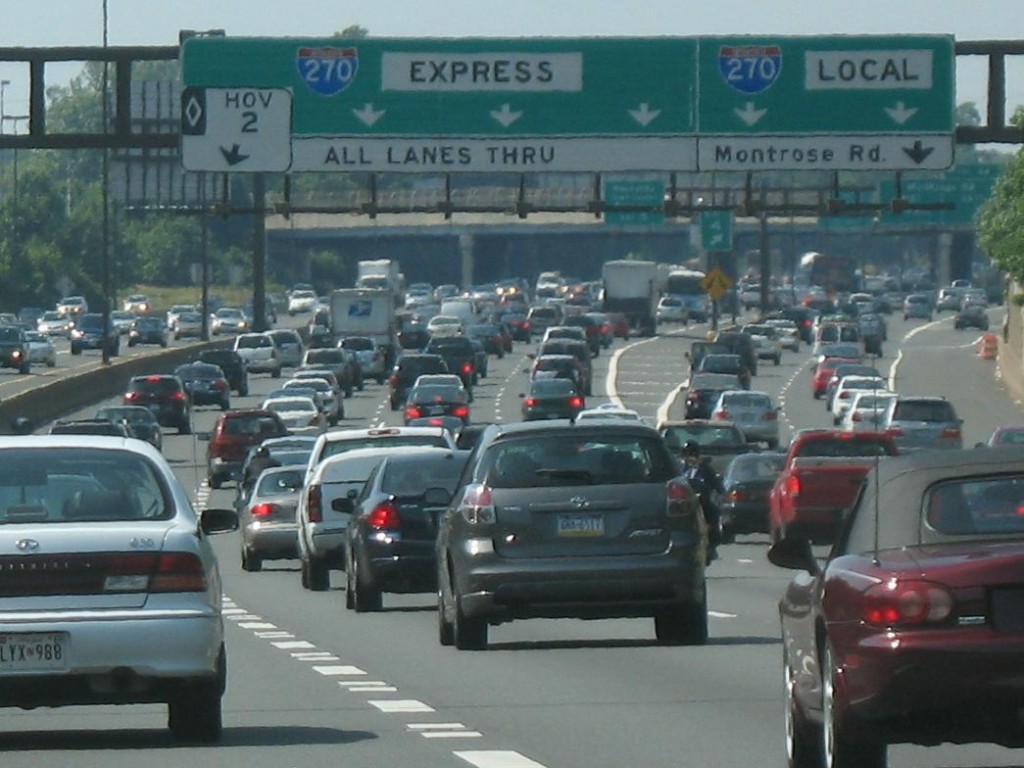Our “Best of JacoBLOG” series continues during the “down time” of the holidays. This post made a lot of noise last month because it explored some of the key issues and challenges radio faces in keeping one of its traditional services viable in an environment where the digital march is on. Many readers took umbrage to this post, and you’ll likely find the comments are every bit as interesting as the original piece that stirred it all up. Damn that traffic jam!
By the way, it’s easy to subscribe to JacoBLOG by simply filling in your email address over there on the right hand side of the page. We craft a new post every workday and always welcome your comments and points of view.
Looking back on 2015, we hope this blog provided you with a source of stimulation, learning, and conversation as we work our way through an increasingly complicated media universe. We couldn’t do it without you, so thanks again for reading this blog.
The ways in which consumers access entertainment and information while they drive is the foundation of our DASH Conference. Our recent get-together in Detroit a couple weeks back featured 18 different keynotes, panels, and presentations devoted to the intersection of radio and cars.
But of course, the smartphone is a star player in this conversation. As John Ellis pointed out in yesterday’s blog post, loyalty to an iPhone or a Galaxy Note often trumps a consumer’s connection to car brands.
As Apple and Google move forward to provide a seamless, familiar dashboard experience, apps have become a powerful content source. And there’s no more striking example of this then in the areas of mapping, traffic, and navigation.
While OEMs (car manufacturers) continue to glean profits from marketing their in-dash GPS features, consumers are rapidly learning that mobile apps like Google Maps and WAZE provide these same services, and with even more real-time traffic conditions.
This has impact on what the car makers will ultimately offer, but it also gets right into radio’s grille. For decades, AM and FM stations have capitalized on traffic jams, jackknifed semis, orange barrels, and other daily commuting gnarliness to provide information that has always attracted mega sponsorship dollars.
But that’s about to change, just as radio’s school closing model – reading long alphabetical lists of area schools – is no longer effective in a world where this info is available online and via text messaging. Larry Rosin made this compelling case at the 2014 DASH Conference, pointing out that radio’s days as the primary source of traffic information may be numbered.
Now there’s evidence that this trend may be starting in one of the nation’s worst (or best) markets for traffic info, Washington, D.C. Last week, public radio giant WAMU announced it was ending its morning drive traffic reporting platform. The explanation?
“In a world now filled with smart phone map services, GPS devices in cars, and traffic apps, there is better, more up to date information available to our listeners than what we could provide.”
It is also true that D.C. radio features one of the best radio traffic reporting operations in the U.S. – WTOP. While many local residents may not remember the name of their Congressman, they all know that WTOP presents “Traffic and weather on the 8’s.”
And the station goes above and beyond what other large market operations feature. Their traffic system was featured back in 2014 by Roger Lanctot, automotive analyst at Strategy Analytics. In a blog post, Roger averred that WTOP’s traffic – mixing data and live on-the-scene reporting – was superior to the Waze app.
A few months later, WTOP announced a deal with WAZE making for an interesting marriage of a strong, local broadcast brand and an up-and-coming traffic techie app. Their director of traffic operations, Jim Battagliese, noted that the Waze partnership “allows us to get information on all area roadways, including those with few public resources. Waze is another tool in our arsenal to help D.C. commuters, who have one of the worst commutes in the country.”
The management team at WAMU may have recognized that while technology is changing the way consumers garner traffic information, competing with a traffic institution like WTOP with occasional report during breaks in NPR’s “Morning Edition” is an adequate solution for most commuters.
And that brings us to the creeping reality facing so many broadcast radio stations across America. With the exception of stations like WTOP, WCBS, KYW, and WWJ, traffic is not only becoming endangered content, it is also a tune-out threat, especially for stations known for playing music. A couple of traffic reports on a Classic Rock or Hot AC station in the morning may retain sponsorship dollars, but will increasingly fail to provide added value to most commuters in the listening audience. There’s no reason to wait for the 8s or randomly scheduled traffic reports when even better, customized road and commuting info is available on a smartphone that is Bluetoothed into the dash.
Like so many other programming and content elements that radio offers, the disruptive forces of technology, often in the form of websites and mobile apps, require new thought, strategies, and tactics. They compel us to question existing models, recalculate their value proposition, and retest the validity of content that’s been with us for decades.
Damn that traffic jam!
- What To Do If Your Radio Station Goes Through A Midlife Crisis - April 25, 2025
- A 2020 Lesson?It Could All Be Gone In A Flash - April 24, 2025
- How AI Can Give Radio Personalities More…PERSONALITY - April 23, 2025






is there any possibilities for radio outside america to have a bussiness partnership with traffic application?